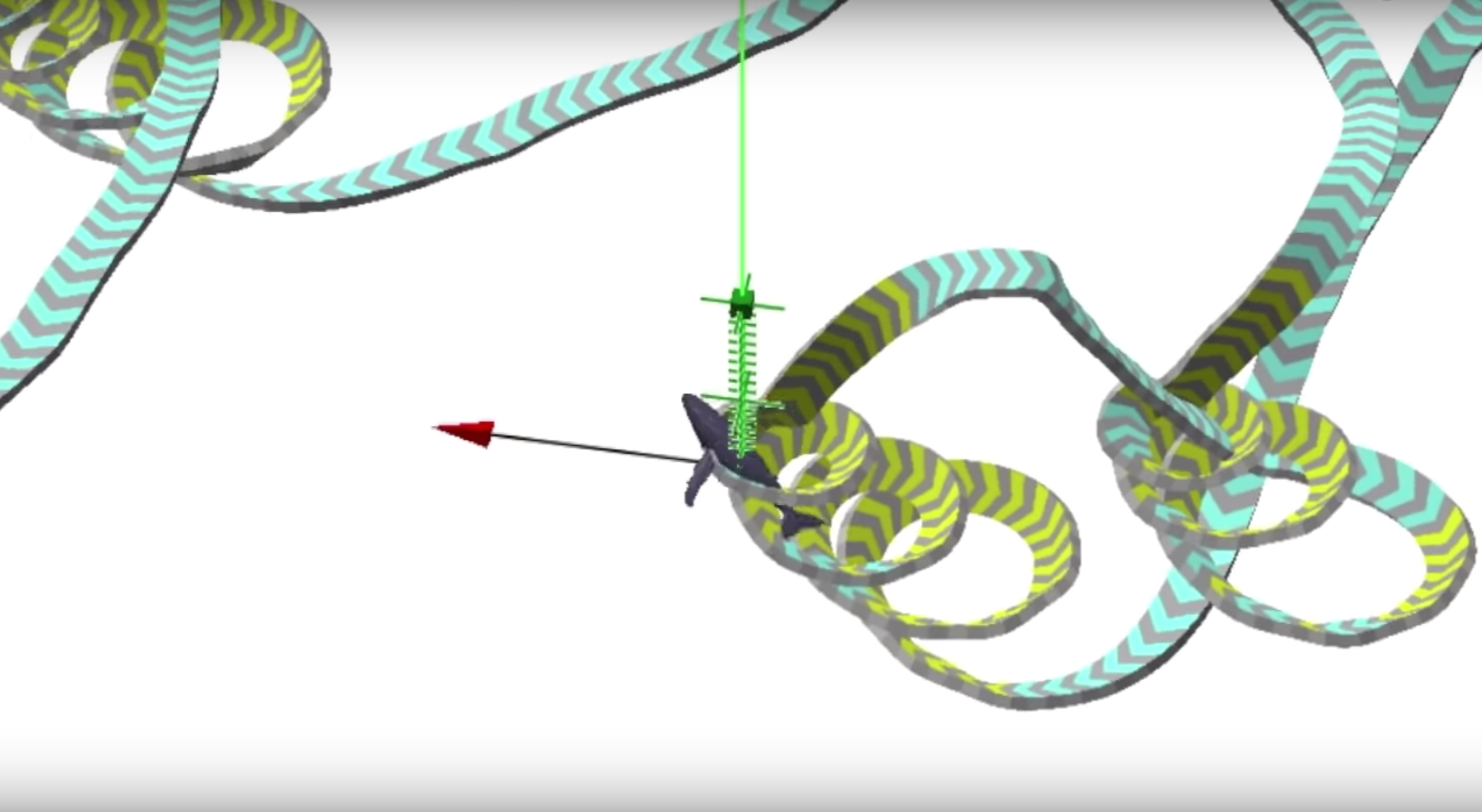Watch Incredible Footage of Whales Hunting With ‘Nets’ Made of Bubbles
Credit to Author: Becky Ferreira| Date: Tue, 15 Oct 2019 16:48:22 +0000
Predators of all shapes and sizes have learned how to use nets to entrap their prey. This category doesn't just include spiders and humans, but whales, too.
Scientists have captured incredible new footage of one of the most dramatic examples of this hunting strategy off the coast of Southeast Alaska, where humpback whales fashion "nets" made of bubbles to catch fish and krill.
Marine mammal researchers at the University of Hawaiʻi at Mānoa set out to record the humpbacks from two angles in order to witness minute details about their use of bubble-nets. Footage shot from the perspective of the whales was obtained by cameras and sensors attached to the humpbacks with suction cups, according to a news release, while aerial footage of the bubble formations at the surface was filmed by drones.
“The footage is rather groundbreaking,” said Lars Bejder, director of the Marine Mammal Research Program at UH-Mānoa, in a video about the research. “Overlaying these two data sets is quite exciting.”
The team, which included scientists from Stanford University and UC-Santa Cruz, filmed the cooperative effort of the whales to create the nets.
The maneuver typically begins with the whales gathering beneath the shoal of prey and producing bubbles from their blowholes. As they ascend in a spiral formation, they work as a group to blow bubbles in a pattern that forms a kind of shrinking vortex around the shoal, which forces the prey toward the surface.
Scientists think that the calls of the whales might create an acoustic “wall of sound” that intimidates the prey into remaining inside the bubble-net. By the time they approach the surface, the whales have served up a concentrated amount of fish and krill inside the torrent of bubbles, and all they have to do is gulp them down.
The new video includes an animation that illustrates these vertical strands of air bubbles humpbacks create to effectively corral prey in a tight space.

Humpbacks are one of only two whale species that has been observed engaging in bubble-net feeding, and scientists think the technique is likely learned from their family and peers. In addition to helping scientists understand whale behavior, this hunting strategy can also offer clues about the animals’ response to their habitat, which is rapidly shifting due to climate change and prey depletion.
“We’re observing how these animals are manipulating their prey and preparing the prey for capture,” Bejder said. “It is allowing us to gain new insights that we really haven’t been able to do before.”
This article originally appeared on VICE US.